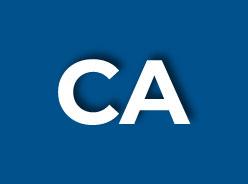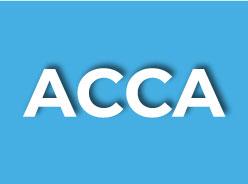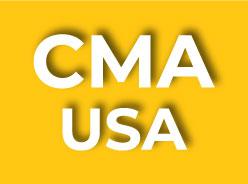Most students are faced with this dilemma as they gear up to attempt the CA exams. The answer is going to be very subjective as it totally depends on you, your level of preparedness and your current circumstances.
Now let’s delve deeper to get clarity on this.
Before you decide whether you want to attempt one paper or both, you have to first make well informed about the passing requirements:
In the instance that you are appearing for just one group, the minimum requirement you need to pass are:
- You secure a minimum of 40% marks in each paper of the group
- You should also obtain 50% marks as a minimum aggregate of all papers of the group taken together
But if you are planning on appearing for both groups. Then to clear both groups you have to:
- You have to meet the minimum requirement to clear both the groups individually
- The minimum of 40% marks has to be obtained for each paper in both the groups and you should get a minimum of 50% marks as an aggregate of all papers of both groups
Ok, so what can you deduct about attempting the papers from meeting the passing requirement.
If you analyse this in detail, a well-prepared student it would be better to attempt both groups as the passing requirement needs are less stringent.
Why do we say that?
Let’s assume you got 40% in each paper in the first group and 60% in each paper for the second group. Then based on the criteria mentioned above, you have passed! But if you attempted just group 1 then you would have failed.
Let us take an example of two scenarios and see how you would do with the marks you could receive.
Example 1:
When you attend just one group
Group 1 -
Paper 1 - 40
Paper 2 - 41
Paper 3 - 42
Paper 4 - 53
In this case, the student may have failed the group because the aggregate of all the papers of this group taken together is 176 which is less than 50%
Group 2 -
Paper 5 - 60
Paper 6 - 45
Paper 7 - 55
Paper 8 - 65
In this case, student has passed this group because the aggregate of all the papers in this group taken together = 225 and marks obtained for each paper is at least 40%
Now if you had attempted both the groups then they would have passed both groups if appearing for both together because the aggregate of all papers = 401 which is >50% and also each paper's total is at least 40%.
Example 2:
Group 1 -
Paper 1 - 60
Paper 2 - 51
Paper 3 - 42
Paper 4 - 53
In this case, the student will pass the group because the aggregate of all the papers of this group taken together is 206 which is greater than 50%; also marks obtained for each paper is greater than 40%
Group 2 -
Paper 5 - 48
Paper 6 - 51
Paper 7 - 44
Paper 8 - 51
In this case, the student failed this group because the aggregate of all the papers in this group taken together = 194 which is less than 50%
Now if you had attempted both the groups then they would have passed both groups if appearing for both together because the aggregate of all papers = 400 which is exactly 50% and also each paper's total is at least 40%. In the second example, it would be very sad if they attempted the group individually as you would end up failing group 2 papers. But if you took both the groups then you would have passed both.
If you take some time to just change up scores you will see for yourself how could have cleared if you had taken up both groups instead of one.
The other advantages of taking both the groups are:
- Save time - As the exams are held every 6 months you will have to spend another 6 months to write the second group of papers. You can save on 6 months of study time if you attempt together.
- Cost-effective - Along with time and additional effort you can also save on money. You will have to register again, for CA inter the registration fee for one group is 11,000 whereas for both is 18,000.
- Better chance at getting an exemption - As you attempt both the papers you will have to write 8 exams. So you can get exemptions if you get more than 60% for a paper. So in the next 3 attempts, you are exempted from writing these papers if you have more than 60% marks. So in case, you fail overall and you got more than 60% in a couple of papers then that is an advantage. So if you appear for 8 papers, you will have more chances to get an exemption.
Disadvantage -
- Preparation - Of course the biggest challenge is getting ready for both the groups at the same time. You have to be very well organised and have a very effective study plan with you. If you are pursuing other courses simultaneously, or you are under time pressure for other reasons, you may want to think of clearing one group at a time.
- Attempting 8 papers at a go - All said and done you have to attempt 8 exams in a single shot. This can be mentally very stressful. You may also feel dejected when you see your friends who finished one group free in about a week's time.
So to conclude, if you are a student who is very serious about the course and are meticulous and plan out the study schedules properly then it would be a good idea to attempt both groups. It absolutely depends on your preparation levels. Take a wise choice that suits you.

 ABOUT LAKSHYA
ABOUT LAKSHYA  WHY CHOOSE LAKSHYA
WHY CHOOSE LAKSHYA  MISSION AND VISION
MISSION AND VISION  CHARTERED ACCOUNTANCY (CA)
CHARTERED ACCOUNTANCY (CA)  ACCA
ACCA  CMA-USA
CMA-USA  RESULTS
RESULTS 


